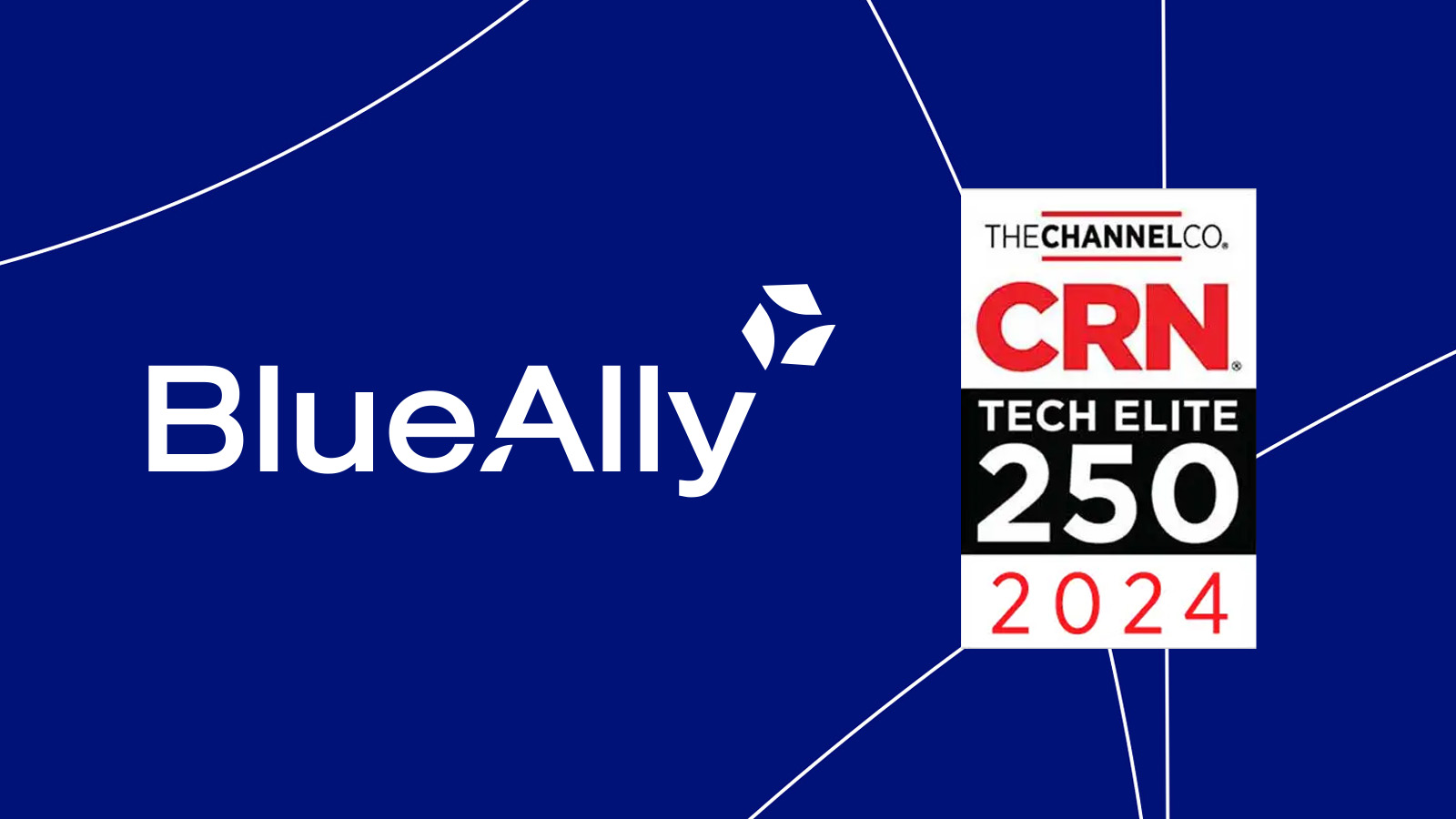 FEATURED
FEATUREDKEITH MANTHEY | Field CTO
The landscape of generative artificial intelligence (GenAI) is undergoing a significant transformation. A recent forecast from *Gartner predicts that global spending on GenAI will reach $644 billion by 2025, signifying an exceptional 76% increase compared to 2024. This surge, highlighted in a report from CIO Dive, reflects a massive wave of investment from technology providers, even as companies experience mixed results from their initial AI experiments. As we move towards this transformation, it is crucial to examine the factors driving the increase in spending, the reasons it is occurring now, and the implications for businesses navigating the AI landscape.
A Vendor-Driven Revolution
The numbers are staggering. Gartner’s report reveals that spending on servers and software has doubled year-over-year. Meanwhile, the device category, which includes AI-enabled hardware, has seen an unprecedented 846% growth. John-David Lovelock, a distinguished VP analyst at Gartner, describes this moment as a ‘technology provider build-out phase.’ Hyperscalers like Amazon, Google, and Microsoft are pouring capital into GPU infrastructure. At the same time, software vendors are racing to deploy GenAI tools that promise to revolutionize everything from customer service to content creation.
This vendor-driven push is the backbone of the spending surge. Companies that spent 2024 tinkering with hundreds of GenAI pilot projects have slashed those lists down to a handful, frustrated by lackluster results. Yet, cloud providers and software giants aren’t slowing down. They’re doubling down, betting that better foundational models and off-the-shelf AI solutions will eventually win over skeptical enterprises. It’s a classic case of supply shaping demand—vendors build it and are confident the buyers will come.
The Device Spending Explosion
One of the most striking findings from Gartner’s forecast is the explosive growth in device spending. That 846% jump isn’t a typo—it’s a signal that GenAI is moving beyond the cloud and into the physical world. While consumers may not be eager for AI-powered gadgets, manufacturers are integrating these features into devices. This includes smartphones, laptops, and even household appliances with built-in AI capabilities. The reasoning is simple: By embedding AI into the hardware, manufacturers believe that consumers will eventually have to pay for it, whether they want it or not.
This trend raises questions about adoption. Are we heading toward a future where AI is so ubiquitous that it’s inescapable, or will this aggressive integration spark a backlash from users who feel oversold on the promise of smart tech? For now, the vendors are forging ahead, betting on the former.
Enterprises: From Experimentation to Realism
For businesses, the GenAI journey has been a rollercoaster. Early excitement in 2023 and 2024 led to a flurry of proofs-of-concept—hundreds of pilot projects aimed at everything from automating workflows to generating marketing copy. But as Lovelock notes, many of these experiments flopped. By the end of 2024, companies had culled their lists, keeping only a few initiatives that showed real promise. The rest? Shelved due to disappointing outcomes or unclear ROI.
This pruning reflects a shift from starry-eyed optimism to hard-nosed pragmatism. Enterprises are not abandoning Generative AI; instead, they are becoming more selective. They are moving away from custom, in-house solutions and opting for vendor-provided tools that offer faster deployment and improved reliability. This shift aligns with Gartner’s prediction of a significant increase in spending on Generative AI software in 2025. Businesses are seeking solutions that are ready to use immediately and are prepared to invest for that convenience.
The Hyperscaler Effect
Behind the scenes, hyperscalers are the unsung heroes (or perhaps the puppet masters) of this AI revolution. Their massive investments in GPU infrastructure—think Nvidia’s chips powering AI models—enable the scale and performance vendors need to deliver next-gen tools. These cloud giants aren’t just supporting the ecosystem but shaping it. As foundational AI models become larger, faster, and more reliable, the barriers for enterprises to adopt generative AI at scale are decreasing. This creates a positive cycle: hyperscalers invest, vendors innovate, and enterprises embrace the technology. However, this also raises the stakes involved. With so much money on the table, the pressure is on for these investments to deliver tangible results—not just for shareholders but for the businesses and consumers who will ultimately use these tools.
What’s Next for GenAI?
So, where does this leave us? Gartner’s forecast paints a picture of technology on the brink of mainstreaming. The $644 billion figure isn’t just a number—it’s a statement about GenAI’s inevitability. Even as some early adopters nurse their wounds from failed pilots, the broader market is charging ahead. Spending is expected to keep climbing through 2026, driven by better models, growing demand, and the sheer momentum of vendor ambition.
For enterprises, the message is clear: get ready to spend more. Whether it’s upgrading infrastructure, licensing software, or training staff, GenAI is becoming a line item that CIOs can’t ignore. But it’s not just about keeping up with the Joneses. The real winners will be those who can turn this investment into measurable outcomes, such as improved efficiency, better customer experiences, or new revenue streams.
The Bigger Picture
Taking a step back, this surge in spending is more than just a tech trend—it’s a cultural shift. GenAI is set to transform how we work, create, and interact with technology. However, the path forward won’t be without challenges. High-profile failures, such as the Humane AI pin that fell short of its promises, remind us that not every investment yields positive results. Skepticism is growing, and the reality of failure rates is significant. But the money keeps flowing, suggesting that the industry believes the kinks will eventually be ironed out.
As we head into 2025, the narrative around GenAI reflects a blend of ambition, adaptation, and a touch of boldness. Vendors are making significant investments, businesses are adjusting their strategies, and consumers are experiencing the impact—whether they are on board or not. The critical question is whether this surge in spending will benefit everyone or leave some behind. One thing is sure: the AI revolution will not slow down anytime soon.
Citations:
*Forecast Alert: GenAI IT Spending, 2023-2028, Worldwide





































